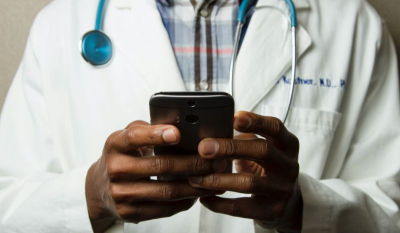Telehealth is the new office
Telehealth, the remote delivery of healthcare services and clinical information using telecommunications technology, is used increasingly daily. Partially driven by insurance paying for its use, Its significance is particularly pronounced in oncology care for patients residing in remote or economically disadvantaged regions.
Traditional barriers to healthcare, such as geographical distance, transportation costs, and time away from work, present significant obstacles for patients requiring regular cancer care. Telehealth mitigates these barriers by enabling patients to engage in medical consultations, follow treatment protocols, and manage side effects remotely. This model ensures continuity of care and reduces the patient’s burden of travel and associated costs. It also increases the opportunities for consultations with specialists from around the world. Indeed, with real-time translation software, consultations can be made with specialists in almost any language.
Moreover, telehealth facilitates a private and secure communication channel between patients and healthcare providers. This aspect is particularly vital in communities where discussing health issues may be culturally stigmatized. Telehealth platforms can offer tailored services that respect cultural differences and individual patient needs, enhancing the quality of care.
Additionally, telehealth provides access to a broader range of resources, including virtual support groups and educational platforms like Cancer Academy. This access is instrumental in empowering patients with knowledge about their condition and treatment, fostering a support community, and enhancing patient engagement in their care.
However, it is crucial to address the issue of the digital divide. Disparities in access to reliable internet services can hinder telehealth services’ widespread adoption and effectiveness. Therefore, while advocating for telehealth, it is equally vital to promote infrastructural development that ensures equitable access to these services.
Telehealth is a transformative solution in cancer care, particularly for underserved populations. Its implementation addresses critical care delivery challenges, fosters patient-centered care and enhances access to essential healthcare resources. Nonetheless, realizing its full potential is contingent upon overcoming infrastructural barriers and ensuring universal access to the necessary technology.







